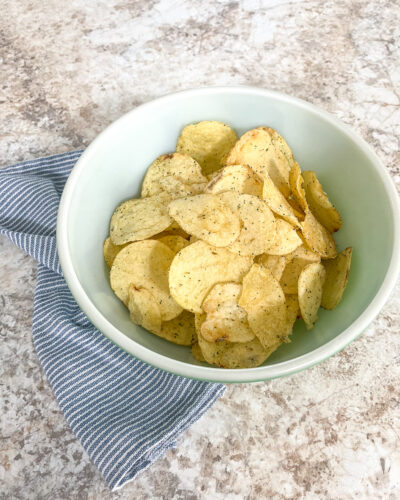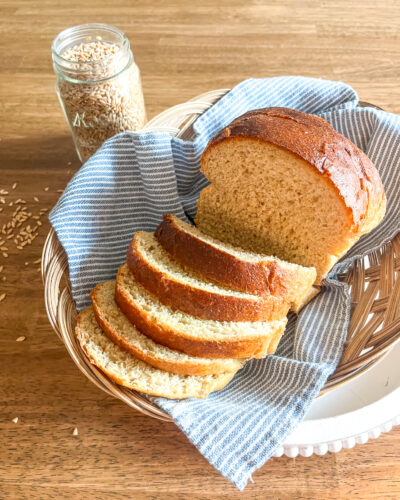
Welcome to post 2 of the Healthy Eating Habits series! Here’s post one: Is your coffee toxic?
Processed food is unhealthy. But you might not know exactly why. One ingredient in processed food is artificial food coloring. This ingredient common in several popular cereals has been discussed in the news lately. Many people are boycotting Kellogg’s and other big cereal companies over this ingredient. Also, on January 15, 2025, the FDA banned Red No. 3 because of its link to cancer in lab animals. However, are all artificial food colorings bad for you? Have other food colorings caused cancer in lab animals?
Most artificial food colorings are made from petroleum, the crude oil they use to make gasoline. I wouldn’t drink gasoline, so why would I eat a product made from it?
Here is a list of the artificial food colorings approved for use according to the U.S. Food and Drug Administration.
- Blue No. 1
- Blue No. 2
- Green No. 3
- Orange B
- Citrus Red No. 2 (only used on the skins of oranges)
- Red No. 40
- Yellow No. 5
- Yellow No. 6
Of all these dyes, Red No. 40, Yellow No. 5, and Yellow No. 6 account for 90% of the dyes used in food, says Environmental Health Perspectives.
Let’s take a closer look at these top three food colorings which all contain benzidine, a known carcinogen.
Red No. 40
Sources
We all know Red No. 40 is in red-colored candy. But Medical News Today says it is also found in:
- energy and sports drinks
- sodas
- protein powders
- cereals
- dairy products
- gelatins
- chewing gum
- confections
I had no idea Red No. 40 could be in protein powders and dairy products. It is so important to read the label for anything you purchase!
Health Risks
Red No. 40 is the most common food dye. According to Science Direct, a controlled study was done on mice. The mice were given Red No. 40 food dye in their drinking water over a specific period. After extensive testing, it was found that Red No. 40 “inflicts DNA damage…which leads to altered gut microbiota and subsequent inflammation in the distal colon.” And it has an “adverse impact on colorectal carcinogenesis.”
Red No. 40 negatively impacts the DNA and gut microbiome and inflames the colon. I do not want to put this into my body.
Yellow No. 5
Sources
Yellow No. 5 is also known as Tartrazine. Web MD says this food coloring is found in:
- Cereal
- Sodas
- Gelatins
- Frosting
- Spices
- Sauces
- Yogurt
- Juices
I did not realize Yellow No. 5 could be in spices and sauces. I am going to check my spice labels to see if any of them contain this substance.
Health Risks
BMC Complementary Medicine and Therapies says Yellow No. 5 “has recently been shown to induce oxidative stress.” Also, “A regular intake of tartrazine led to an early incidence of tumors” in rats.
This food coloring is especially linked to allergic reactions, with hives being the most common symptom. (nyasc Allergy & Sinus Centers )
Additionally, Yellow No. 5 is the most likely food coloring to cause adverse behavior. “Studies of Yellow No. 5 alone provide evidence that this dye affects children’s behavior.” (PubMed Central)
Yellow No. 5 produced tumors in rats. It also promotes oxidative stress in the body, can cause an allergic reaction, and makes your kids hyper. I don’t want my family to eat this substance.
Yellow No. 6
Sources
According to Functional Nutrition Answers, foods that contain Yellow No. 6 are the following:
- Baked goods
- Bouillon
- Candy
- Cake
- Cereal
- Chips
- Cookies
- Gumballs
- Jello
- Nacho Cheese
- Popcorn
- Popsicles
I knew Yellow No. 6 was in bouillon. However, I did not realize it was in baked goods such as cakes and cookies. Another reason to bake your treats at home!
Health Risks
A study on rats showed that both Yellow No. 6 and Red No. 40 “possess pathological and physiological liver and kidney toxicities in male Wistar albino rats.” (PubMed Central) However, Yellow No. 6 also “seems to be slightly genotoxic.”
Yellow No. 6 and Red No. 40 negatively impact the liver and kidneys. Yellow No. 6 also damages DNA. I need my liver and kidneys to function properly. I don’t my DNA to be damaged. Again, I am going to avoid this additive.
In Conclusion
As a matter of fact, food manufacturers don’t have to use artificial food colorings. Natural alternatives include turmeric for yellow coloring and beet powder for red coloring. Many European countries have restricted the use of artificial food colorings and put a warning label on the package if a food contains these colorings.
What can you do? Start eating whole foods instead of food in a package! Buy meat, fruit, vegetables, dairy, whole grains, and prepare your food. Learn how to make sauces and salad dressings at home. If you buy food in a package, check the label! Many candy companies have started making candy without artificial food coloring. Healthier options exist! We just need to look for them.



[…] to post 3 about healthy eating habits! Here’s post one about coffee and post two about artificial food […]